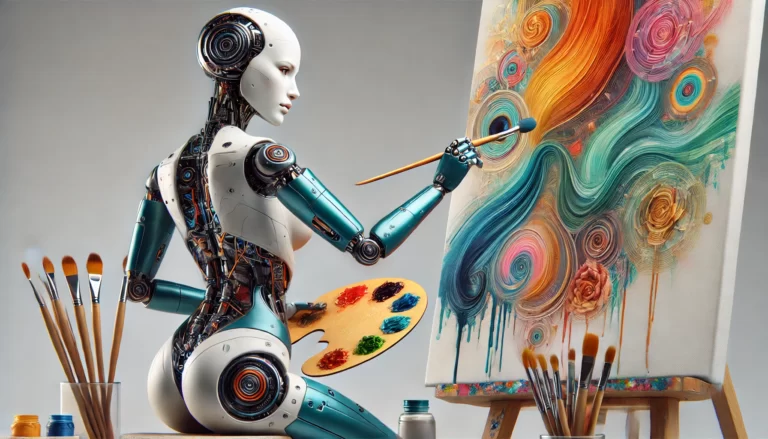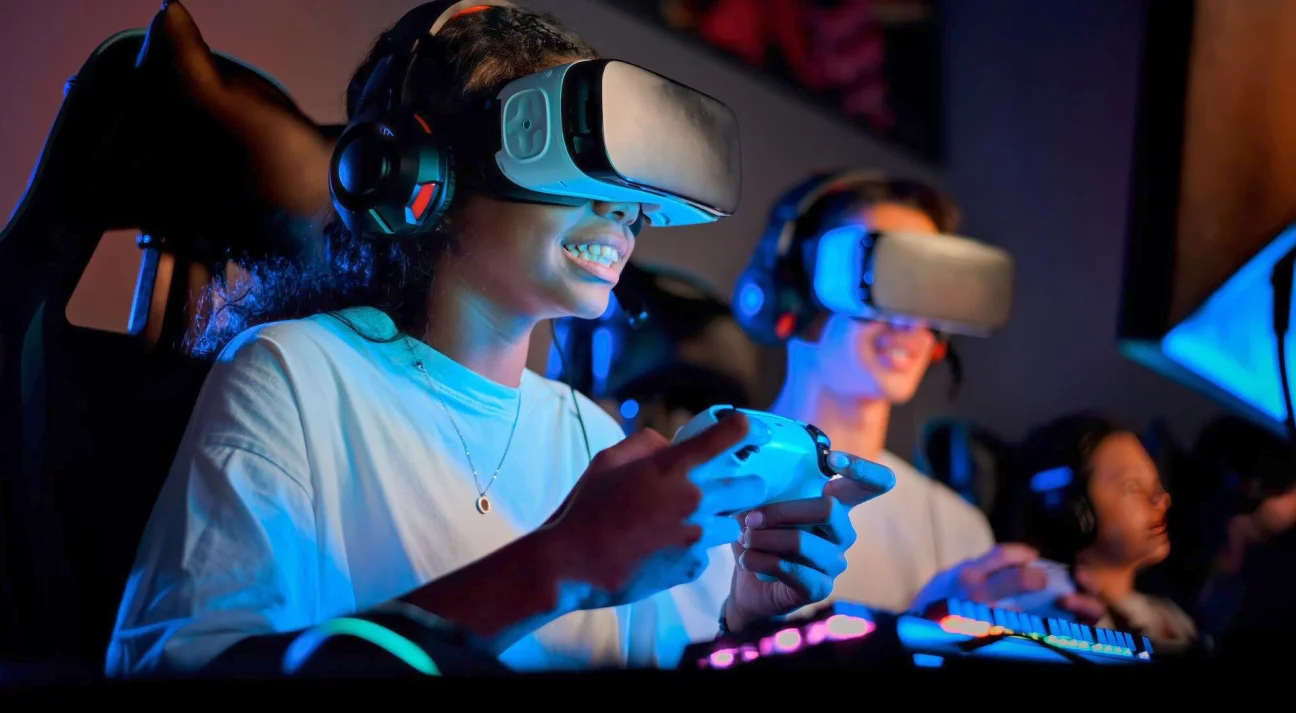Artificial Intelligence (AI) is set to revolutionize the future of art, offering new possibilities that were once unimaginable. As AI continues to evolve, its role in artistic creation, curation, and appreciation is expanding, pushing the boundaries of what art can be and how it is experienced.
Understanding the future impact of AI on art is essential to navigating the opportunities and challenges that lie ahead.
What is the Future of AI in Art?
The future of AI in art involves advanced algorithms that not only assist but also independently create, curate, and interact with artistic works. AI is expected to become a collaborator in the creative process, challenging traditional definitions of art, authorship, and artistic value.
Key Trends Shaping the Future of AI in Art
1. Human-AI Collaboration
The future will likely see more partnerships between artists and AI systems. Instead of replacing human creativity, AI can serve as a tool that enhances artistic expression, offering new techniques and styles that were previously difficult or impossible to achieve.
2. AI as an Independent Artist
As AI algorithms become more sophisticated, they may begin to create art with minimal human input. This raises philosophical and practical questions about whether AI can possess creativity or artistic intent, and how society will perceive such works.
3. Personalized Art Experiences
AI will enable hyper-personalized art, where artwork can adapt in real-time to the viewer’s preferences, emotions, or even biometric feedback. This could transform art galleries, museums, and digital platforms into interactive, evolving spaces.
4. New Artistic Mediums
The integration of AI with virtual reality (VR), augmented reality (AR), and generative art will give rise to entirely new artistic mediums. AI-generated music, immersive installations, and dynamic visual art will push the limits of creative possibilities.
5. Expansion of Digital Art Markets
AI will likely accelerate the growth of digital art, including NFTs (Non-Fungible Tokens) and blockchain-based authentication. This will reshape the way art is bought, sold, and owned, with AI potentially generating unique, collectible pieces at scale.
Challenges Ahead
Authorship and Ownership
As AI becomes more autonomous, determining the true creator of AI-generated art will remain a key issue. Legal frameworks will need to evolve to address ownership rights and intellectual property in this new landscape.
Ethical and Social Implications
The ability of AI to replicate artistic styles or create works inspired by specific cultures could lead to ethical concerns about appropriation and authenticity. Ensuring that AI respects cultural sensitivity and human creativity will be essential.
Balancing Innovation and Tradition
While AI promises innovation, it also risks overshadowing traditional art forms. Striking a balance between embracing AI-driven creativity and preserving human-centric art practices will be critical.
Conclusion
The future of AI in art is both exciting and complex. AI has the potential to become a transformative force that expands creative horizons, introduces new artistic experiences, and democratizes access to art. However, it also challenges our understanding of creativity, ownership, and ethical responsibility.




Leave feedback about this